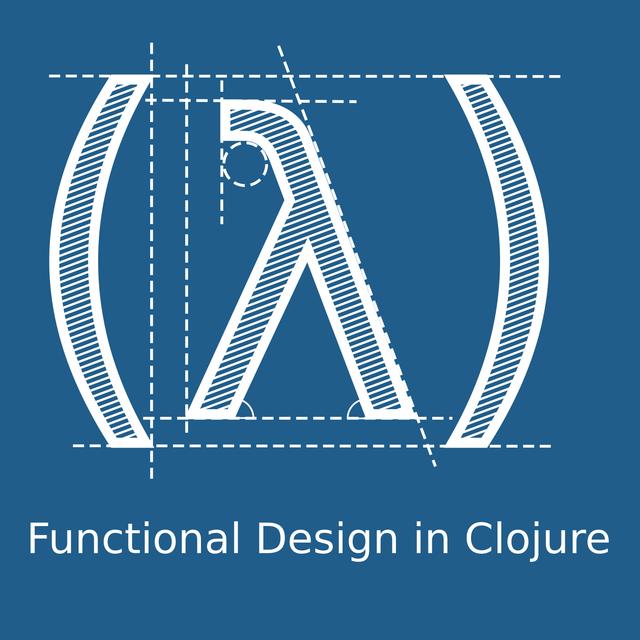Ep 088: Do Dorun Run!
We eagerly discuss the times we need to interact with the messy world from our nice clean language.


We eagerly discuss the times we need to interact with the messy world from our nice clean language.
We discuss polymorphism and how we tackle dynamic data with families of functions.
Let us share some tricks to reduce nesting and make your code easier to understand.
We talk about this data generating macro, while we remember situations when it was useful.
We lay out a list of ways to sort your data, ordered by their relative power.
We get a handle on big buckets of data by sifting elements into smaller buckets.
We talk about sifting data and marvel at the simple function that can turn two steps into one.
We talk about positive nothing and the proliferation of tuples.
We take time to unroll some examples of this function.
We create a whole episode by combining examples of useful uses of comp.
We cover some of the ways we use partial, without getting too literal.
We spend some time going through how these macros help keep our code nil-safe.
We take a turn with juxt, looking at all the ways it can help line up data.
We focus in on merge-with, a powerful function for aggregating data.
We survey the myriad ways we've used to launch our code into production, and laugh about the various complexities we've found.
We worry about the health of our websockets and, after looking for help from the standards bodies, roll up our sleeves and handle it ourselves.
We switch to using a component to manage our websockets, enabling ease of development and future growth.
We wander into the weeds, jumping through the myriad hoops required to deliver a simple notification.
We talk about spontaneously sending data from the server to the client to address our users' insecurities.
We examine our history writing web handlers and talk about all the ways we've broken them.
We tease apart the layers involved in serving static assets and are surprised by how many we find.
We manage to find a way to get our handlers the resources they need to get real work done.
We reinvent the wheel, and along the way discover a few reasons why you might want to do so as well.
We find that the middle is a very good place to start when almost everything is composed functions.
We focus on the bedrock abstraction for all Clojure web applications and marvel at its simplicity.
We launch a new series and immediately get tangled in the many layers that make up the web.
We look back at the past year and highlight our favorite episodes.
We unpack transducers and find a familiar pattern that enables freedom from collections.
We look at clojure.core.reducers and how it extracts performance by composing reducing functions.
We examine the sequence abstraction and then ponder how it helps and hinders our data transformation.